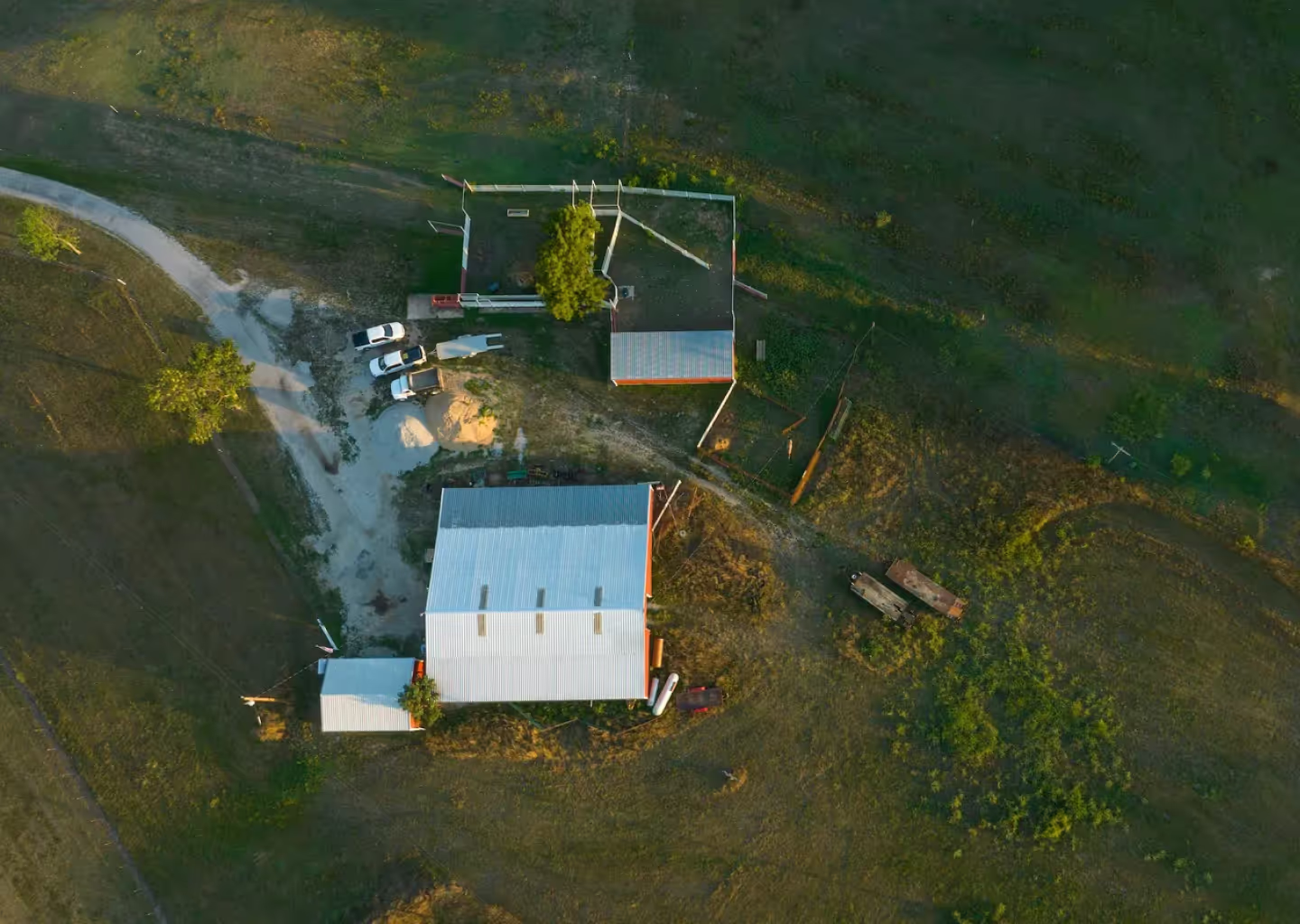Owning land in the United States is at the center of financial, legal and real estate systems in our society. It’s a tangible asset, usually appreciates value over time and there’s a finite amount of land, which means it will always be valuable. For local government agencies, knowing your land ownership information is incredibly important, too, as property taxes help to fund a number of endeavors, especially local schools. There are still many counties in the US that either maintain land parcel map data in a paper system or using outdated computer-aided design (CAD) systems.Having a current GIS database of land parcel map boundaries is a huge asset for local government offices as well as other entities they share this data with. The State of Texas has even undertaken a huge project over the last four years to help counties obtain GIS land parcel data for the benefit of state agencies. From this report, they not only learned how valuable a digital land parcel map would be for county appraisal districts, but they also learned just how difficult it can be for some counties to make that transition.There are several obstacles local government entities face, but once these are addressed, you’ll find GIS data mapping is more than worth it.
First Thing’s First, What is GIS?
A geographic information system (GIS) is a digital method of managing, analyzing and displaying geographic data on easily understood, computer-generated maps. It allows you to create distinct layers of geospatial data and then superimpose them on top of each other as necessary. To ensure the different types of information line up accurately when layered together, GIS systems use latitudinal and longitudinal coordinate.This ability to align seemingly different types of data is what makes these systems so powerful. A land parcel map can be overlaid with permitting data, zoning maps, utilities systems and much more, making the data you have more versatile. GIS technology is also much more useful when you’re on location than carting around paper maps that may be outdated or may be damaged.
Benefits and Incentives
A land parcel map is essentially a record-keeping system, one that needs to be maintained and updated to be as accurate as possible, just like any other records. Counties all across the US keep their own systems, and after they’ve learned to maintain it in whichever way works best for them, moving to a GIS parcel data system may seem unnecessary, confusing and overwhelming.The difficulty with many older systems is that data is stored on hardware or physical paper maps. This makes it hard for you to take the information you may need out into the field with you or share it with others. Land parcel data is especially useful in assisting with emergency preparedness, response and recovery efforts. During a widespread natural disaster such as a hurricane, being able to have accurate, up-to-date GIS maps is an invaluable resource for first responders and those leading recovery efforts in the aftermath.GIS data can also help local agencies collect and manage tax information, save time during tax season, help you map assets in your community, help improve decision-making on property and land use matters, generate accurate mailing lists to target certain areas and improve citizen engagement. Whenever you have converted your land parcel data to a GIS system, you can make this information publicly accessible. People who have an interest in, for example, land development or environmental conservation, will have these resources more readily available to them, ultimately benefiting the community as a whole.
Standardizing Guidelines & Best Practices
The need for a standardized land parcel map database has long been recognized in the US. Even as far back as 1980, the National Research Council released a report detailing the need for a multipurpose national cadastre. However, this data can really only be maintained at the local level. Counties need to create policies and procedures for managing their datasets if you want to be able to share your information with other public and private entities.These guidelines should cover which key data items need to be included, guidance on how to store and maintain the data properly in GIS format, how updates to spatial data will be handled, what to do when new requirements are announced by other governing agencies and other practices as needed.Converting to and maintaining GIS parcel data is extremely difficult without taking steps to standardize data management. Not only does it benefit other state and federal agencies, but it helps you cut costs, eliminate redundancies in management procedures, avoid wasteful activities and improve customer service.
Data Governance
For most local agencies, responding to requests or making changes to their land parcel map takes between two and four weeks, since they lack a dedicated GIS position or department. When a local office has an influx of requests during tax season, maintenance of their records may also fall by the wayside. For this reason, good data governance is an imperative - but often overlooked - practice by counties who may be stretched too thin or lack an understanding of what good governance looks like.Key to properly maintaining parcel data is setting guidelines for metadata. Metadata are descriptive information about a particular piece of data that includes who collected it, when they collected it, how it’s formatted and what processes may have been performed on it before publishing. Having a uniform standard of publication for metadata helps users quickly find exactly what they need and understand how to use it appropriately.To further ensure good governance, other steps you should take include building a routine of QA checks to check and validate data you’ve collected or updated, establishing a protocol for gathering and responding to feedback from users and making land parcel data accessible via the web to improve usage.
Have a Digital Land Parcel Map at Your Fingertips
Not only does Land id® (formerly MapRight) benefit from the availability of GIS data by local agencies, we are also a valuable tool for these same entities. We make GIS as painless as possible, and put this powerful tool right on your mobile device for easy access. Whether you need a land parcel map for use in land development, infrastructure development and maintenance, emergency management, asset management or dozens of other jobs, we guarantee you’ll have an easy-to-read, professional-looking map every time.It’s simple to visualize different types of data, mark specific areas and assets and share your maps with others. With Land id®, there are no barriers to getting started. You don’t need to be a GIS pro to get started. Just sign up for our 7-day free trial now and start experiencing the many advantages of both our web and mobile app for yourself.
FAQs

Continue Reading





